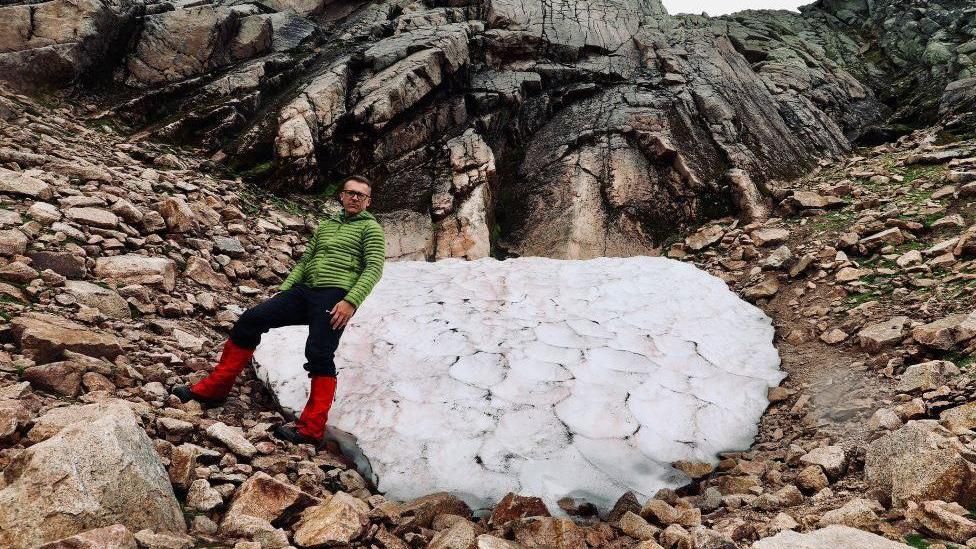Scotland: Lead volunteer Iain Cameron noted that the quantity of snow patches in east Scotland that endure until July is decreasing and serves as a “barometer” for climate change. The amount of snow patches that are still present this summer in a large portion of Scotland has decreased to 90, which is the third-lowest figure on records dating back 50 years.
Compared to the highs of over 2,000 that were noted in the 1970s and 1980s, it is far lower. This century, the two lowest years have likewise decreased, with only 31 in 2003 and 53 in 2017. The survey’s current leader, Iain Cameron, stated: “It tells you very much that there’s less snow than there used to be.” That is beyond dispute.”
“I’m not shocked by it, unfortunately,” he continued. The past few years’ trend has been just too little snow. The Ben Nevis region, or anything east of the main A9 road that runs from north to south, is not included in the survey; it only covers the Cairngorms and the hills that surround them. Any remaining snow patch, no matter how big or small, is counted. The Ben Nevis region, or anything east of the main A9 road that runs from north to south, is not included in the survey; it only covers the Cairngorms and the hills that surround them. Whether a snow patch is one or one hundred meters long, it is included if it survives. “Even a few decades ago, that would have been completely unimaginable.”
Although the Royal Meteorological Society publishes his findings every year, he considers himself a citizen scientist. Its president, Prof. Liz Bentley, said: “Snow patches are an important indicator of climate change and the annual records highlight the variability in our climate from year to year as well as the long-term changes. She claimed that the alterations are comparable to those observed in other glaciers that melt or vanish”.
We will continue to observe this trend of fewer snow patches being logged as our climate continues to warm. She continued: “Eventually they will vanish in summer completely.” If someone would like to help, Mr. Cameron says they can volunteer to participate or donate money to the team so that they can pay for supplies like gasoline and outdoor gear.
“I believe that these small things serve as a gauge for what the larger climate is doing. We just do it because we enjoy being outside and, for some inexplicable reason, we love to see these patches of snow that cling to the hills.”
According to Exeter University professor of climate and environmental change Stephan Harrison, in addition to temperature, other elements that affect the snow patches include wind and cloud cover. Nonetheless, he claimed that they remain a “very visible record” of the “impact that human activities are having on the climate. It essentially supports what we already know: that the Earth is warming.”He continued: “It’d be sad if they didn’t exist, that we as humans have changed the climate and the atmosphere to the extent that these things now don’t exist.”
